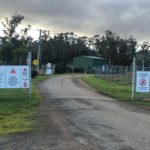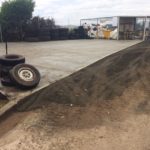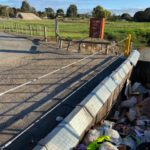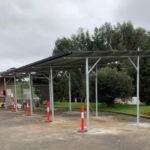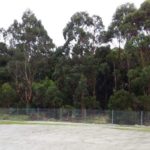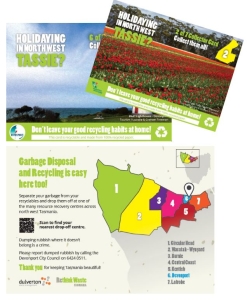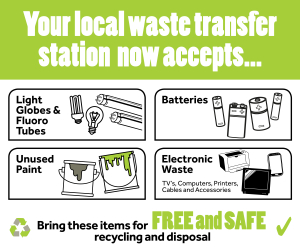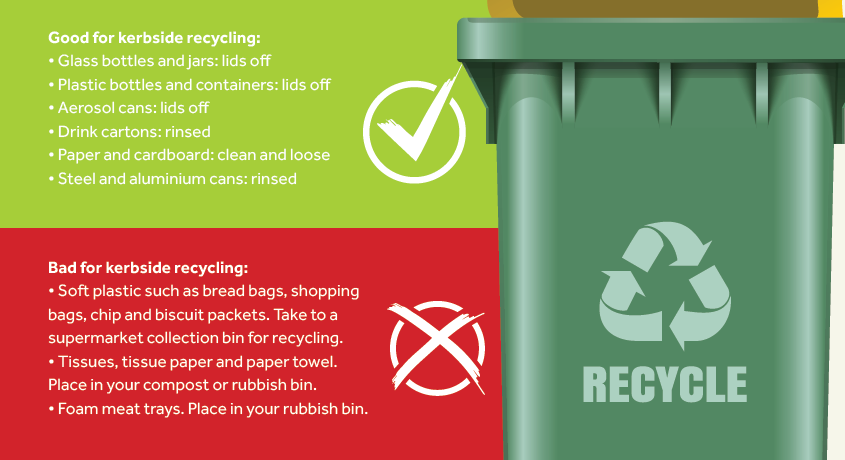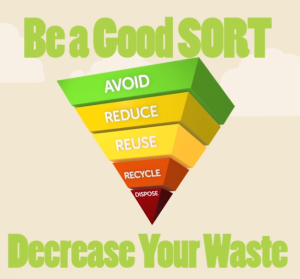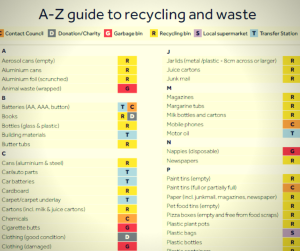Grants fund improvements at Cradle Coast waste facilities
Grants fund improvements at Cradle Coast waste facilities
More than $109 000 in grant money has been used by Cradle Coast councils over the past 12 months to improve facilities at Waste Transfer Stations and Resource Recovery Centres across the region.
Cradle Coast Waste Services facilitated the grant program with funds from the region’s voluntary waste levy. Levy funds are used by Cradle Coast Waste Management Group member-councils to re-invest in services, infrastructure, and education campaigns to increase the recovery of re-usable resources and reduce the amount of waste that goes to landfill.
Mel Pearce administered the grants program and was pleased the funds were used to improve the accessibility and safety of waste transfer stations in seven Local Government areas.
“From litter reduction fencing and signage, to e-waste collection shelters and concrete pads to prevent pollution run-off, the improvements all contribute to better waste management services for local communities,” said Mrs Pearce.
“That is the purpose of the waste levy, to ensure that funding goes back to communities for facility upgrades and to keep pace with growing recycling services such as electronic waste and hazardous waste including tyres, batteries and unused paint.”
A total of $109,228 was issued via the 2019/20 grant program with $14 000 allocated to Burnie City; $20 455 to Central Coast; $7 350 to Circular Head; $16 223 to Devonport City; $22 800 to Kentish (across both Sheffield and Wilmot Waste Transfer Stations); $12 400 to Latrobe; and $16 000 to Waratah-Wynyard Councils.
Improvements included:
• Concrete pads for e-waste, battery and paint collection bays in Burnie.
• Toilet and washing facilities at Preston.
• Boundary fence installation in Circular Head.
• Shelter construction for the e-waste collection bay in Devonport.
• Safety barrier installation at waste drop-off areas, new signage and upgrading damaged bin waste flaps at Sheffield.
• Safety barrier installation at waste drop-off areas and new signage at Wilmot.
• Safety barrier installation at waste drop-off areas, new signage and upgrading damaged bin waste flaps in Latrobe; and
• Constructing a concrete hardstand for tyre storage in Waratah-Wynyard.
The next round of the grants program will be available to the seven councils in the Cradle Coast Waste Management Group, with funding applications due to close on the 7th of October 2020.
- Kentish
- Waratah-Wynyard
- Latrobe
- Burnie
- Circular Head

